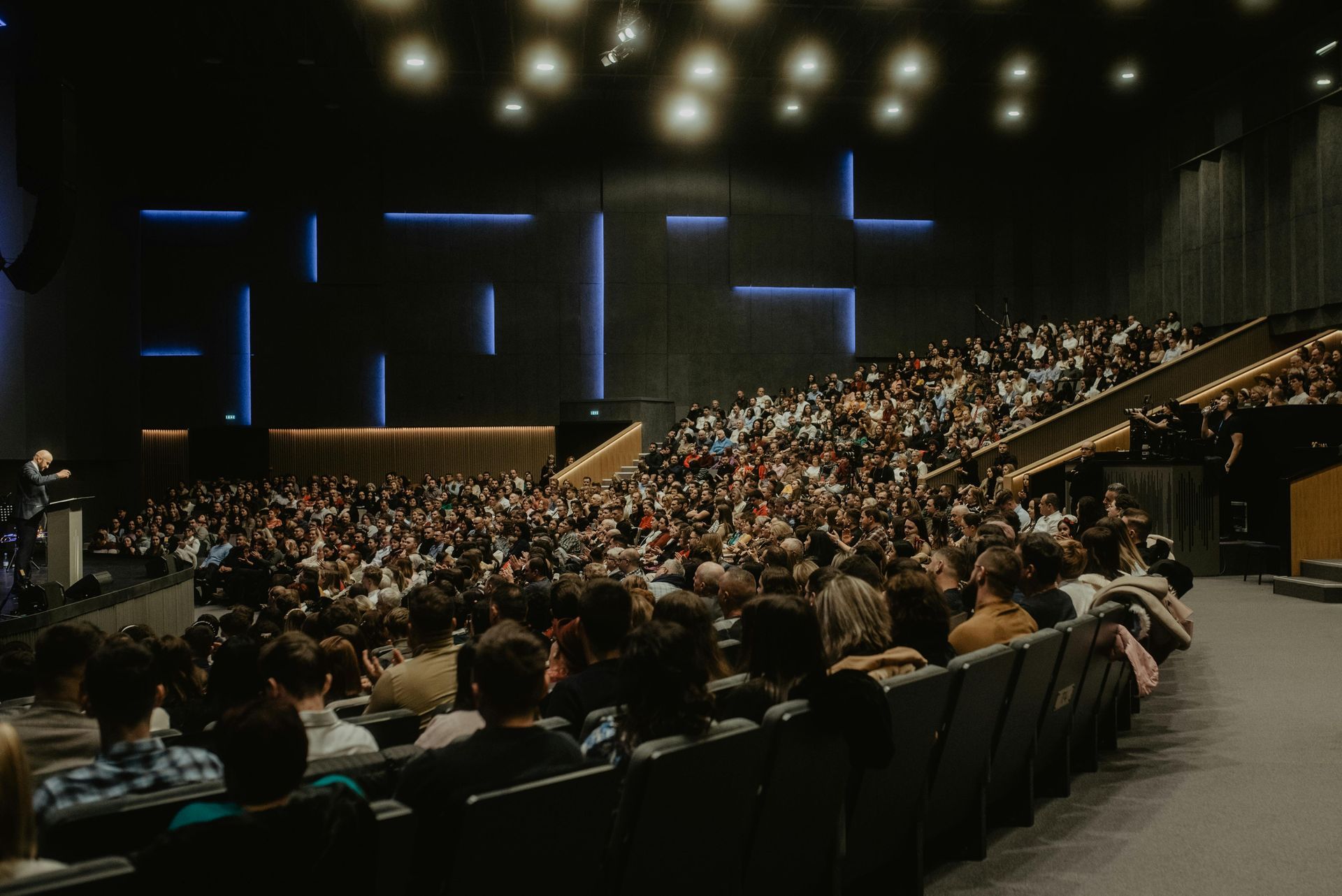The Future of Retail: it’s data, yes – but not only
The Future of Retail
I was recently an MC at the 16thDublin Economic Monitor about the Future of Retail (7thFebruary 2019)
Some fascinating numbers from the event:
- “ Croke Park and a half ”: an extra 33,000 people have found employment in Dublin in the last 18 months – that’s Dublin alone.
- There is a very strong link between shopping and public transport . In 2018 there were 55 million journeys in Dublin public transport, with bus the most popular. And 53% of people use public transport for shopping.
- 14% of people in Dublin use mobile payments like Apple Pay, compared to only 7% in the whole of the UK .
- However, Ireland remains a digital importer : there is an expectation that €6 billion will be spent online in Ireland in 2019, but 70% of that is expected to go outside of the country.
On this last note, anybody who is reading this and thinking “I should really get online myself” should think about applying for a Trading Online Voucher.
Watch my takeaways from the event:
Read the latest Dublin Economic Monitor.
So, what does the future of retail hold?
Was the event all about technology? Yes, technology is a big part of the future of retail. More and more, customers want to be able to do everything on their phones: check a retailer’s website (which should be mobile friendly), interact with the brand, check out products, order from the online shop, ask a question from a representative…
Yes, there are all-singing, all-dancing technological innovations that will help your business grow.
But the surprising conclusion is that the future of retail – is nothing new . It’s back to basics. Something that I was continuously reminded of on that day is that the basic tenets of retail don’t change: customers want shops to serve them to the best of their ability.
- Customers want to find what they are looking for
- They don’t want to be disturbed by shop assistants when browsing
- But they want shop assistants to be helpful and knowledgeable when needed
- They want shopping to be easy, convenient – and also experiential, not just a transaction
- Oh, and they want shops to read their minds, too, and guess their innermost desires.
A tall order… but then this has always been true – customers just want a great customer experience. Technology is here to make that experience faster and more seamless, but great service is still the golden ticket to sustainable business growth. As it has always been. And yes, “great service” doesn’t always mean exactly the same thing to everybody, but at its core, it’s this: do you know your customers as well as you can, and do you know what they want?
Susannah Hewson from cxchange.ie , a CX (customer experience) expert, had this illuminating insight: the best example of CX, she says, is… not a new app or an ambitious million-dollar overhaul with a grand opening in Tokyo. The best example of CX is the corner shop . It’s reliably there when you need it, you know what you will find there, and if you’re a regular customer, the person behind the counter will know you and will be able to advise you and help you.
Think about it – the corner shop. How can you be more like a corner shop? A regular fixture in the life of your customers, reliable and dependable, and convenient.
As they say, “there is more to life than increasing its speed”: new technology is often just a way of making true and tested principles easier to apply.
The growth is online – but the volume is in the shops.
One frequent misconception is that everything is moving online now and soon shops will go the way of the rotary phone: cute and outmoded. Not so fast, though.
Yes, online retail is growing, growing, growing. But the volume of transactions still happens in shops. Because shopping is not just about acquiring or procuring something you need. It’s also an experience in and of itself: it’s an outing. As I was researching the theme of the future of retail, this idea came up again and again: people love going to the shops as a destination . Shopping is an activity, an end unto itself.
Let’s be honest: it’s always a bit of an anticlimax when you order a lovely dress online and then it arrives in a cardboard box or a black plastic bag. It’s in stark contrast to a shop that’s geared towards experience, you can give it a twirl under the right light, in front of a full-length mirror, and the shop assistant (as long as they’re properly trained) can give you advice.
Data, data, data
What technology makes easier and more efficient is the collection and parsing of data. The future of retail is very much about gathering as much relevant data as you can, and then knowing how to leverage it in order to find out what your customers want. A key thing that came from the panel was that you don’t need the nth degree of detail, but just enough data to make smart decisions .
The role of technology is mostly to make processing huge amounts of data easier. The data has always been there – sometimes right under our noses. And sometimes in perfectly manageable quantities that don’t require an über-powerful algorithm to make sense of it.
Take staff, for example. Staff often have the answers, if only we would listen to them . They have to listen to people giving praise and grumbling – they know what the customer wants. It’s market research. Is that knowledge valued and put to good use?
One very exciting showcase at the Dublin Economic Monitor was heatmapping : based on “point-of-sale” data from Visa, it’s now possible to anonymise data and give shops a coloured map of where customers go, and where they linger. On such a heat map you can see high and low traffic areas. In other words, while you might be aware of what your customer is spending with you, a heatmap tells you if they’re spending a greater share of their money somewhere else.
We also heard how CCTV footage (used for security purposes) can be used to monitor how shoppers behave in a given shop. For example, if they usually turn to the right as they walk in the door, you might move a slow seller right into their line of vision to increase sales. Similarly, retailers may move faster moving goods to a different part of the shop, so that people who are looking for that specific product will have to walk past other offerings. Remember the good ol’ trick of putting the milk at the back of the supermarket?
This removes a lot of the guesswork: is a particular item not selling well because the price is wrong ? Should you sell it at a discount? Or should you just try moving it elsewhere in the shop, and see it fly off the shelves at its original, undiscounted price?
Still, the data that is used is sourced from CCTV footage – not exactly a new technology.
That’s often the case with technology and innovation: it’s in fact more incremental than we think . Amazon is, after all, very much like a mail-order company – with a powerful recommendations algorithm (“People who bought this item also bought…”). Facebook functions on the same model as the good old yearbook – a constantly updated, interactive yearbook.
I don’t say this to diminish the impact of technology or innovations. Amazon is light years away from simple mail order… it simply built on the model we all know and made it immensely more efficient in a short few years.
No, what I want to reinforce is this: we are often tempted to give up on keeping up with technological innovation because we are not engineers or “geeks”. That is a very damaging mentality. We don’t need to be able to write the algorithm, but we absolutely need to understand how it can help us.
Listen to the Savvy Women Podcast episode with Maeve Kneafsey from CloudKPI. Back in 1999, she foresaw the exponential rise of digital content – and decided to “teach herself digital”. As everything digital permeates every single aspect of business, Maeve sees the widening gap between the CEOs who get it, and those who simply don’t.
Listen to the Savvy Women Podcast episode with Aisling Curtis, Commercial Director at Microsoft. As a director in the world’s leading software company, Aisling is at the forefront of the digital revolution. It’s an exhilarating place to be if you are comfortable with uncertainty and ambiguity.
All businesses, not just retail, must make the effort of thinking in granular detail about our own business goals through the eyes of our customer. Then we need to consider what would help us reach them faster and more easily – and then we can ask technology the right business questions so that we can harness it accordingly . This has never been truer than for retail.
So there you have it – the future of retail is data, it’s personal – and it’s bright.
Positive Economist







